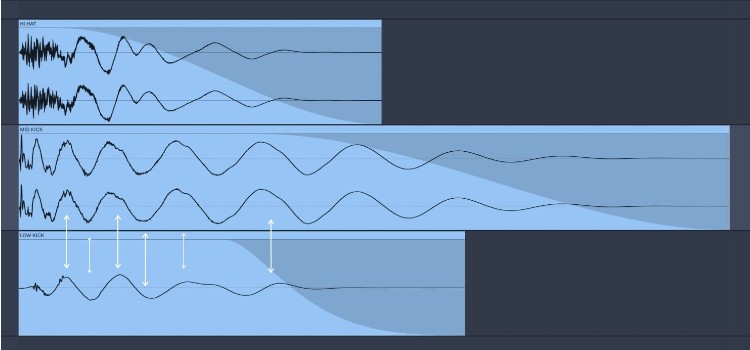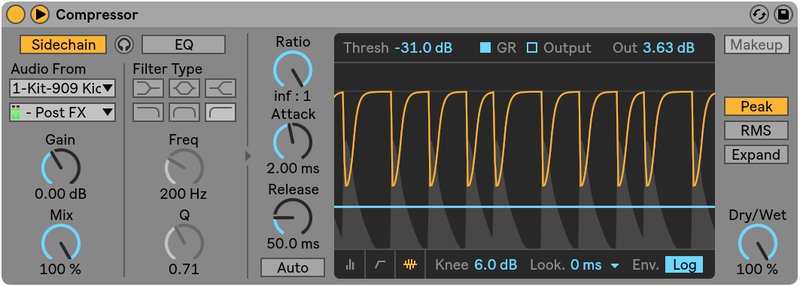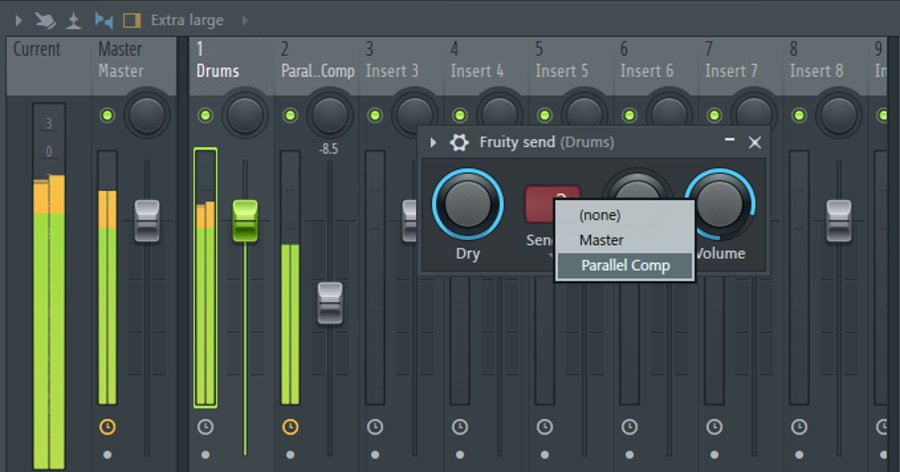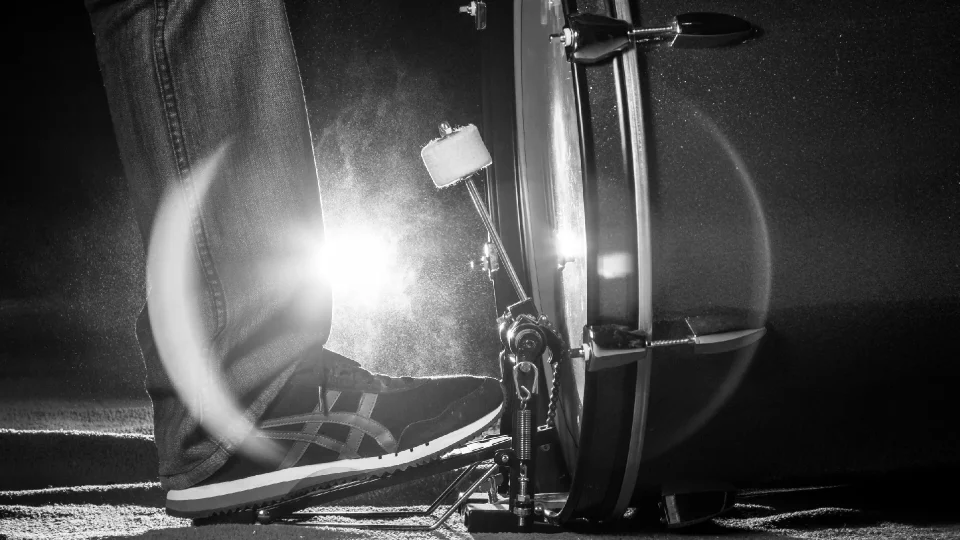3 Tips to Add Weight to your Kick Drum
Regardless of genre, the kick drum is usually the driving force behind a beat. It’s the thing you feel in your stomach when you enter a club. So making sure your kick hits right is an essential aspect of beatmaking. In this guide we offer 5 great tips to add attitude and weight to your kick drums.
1: Layering Multiple Kicks
Layering is the first thing you should consider when trying to beef up your kicks. If you have a kick you are already using analyse the areas where the kick is lacking. Does it need more sub? Could it be more punchy? Then search out kick layers that provide the missing ingredients and layer them on top of your original kick.
If you are creating a kick from scratch select 2–3 kick samples: one with a deep sub-bass tone, another with a punchy mid-range, and optionally a clicky high-end kick. For the high frequency element, a short bit of vinyl LP static can sound great or even a subtle squeak to give that un-oiled kick peddle effect. Once you have found the perfect layers align them so that their transients (initial attack) match up. It is probably best to combine the kicks so they are assigned to one MIDI note rather than programming them separately in MIDI.
Next apply an EQ to each kick layer, carving out overlapping frequencies. For example, apply a low-pass filter to the sub kick and a high-pass filter to the mid/high kick. Finally, experiment with the volumes of each component kick layer until you achieve the right balance.

2: Sidechain Compression of the Low End
This technique will help your kicks sit in the mix in a more controlled manner. It not only creates space but also makes the kick sound more prominent and weighty in the mix.
To obtain this effect first set up a sidechain compressor on your bass track and select your kick drum as the trigger input. Next, adjust the compressor’s threshold so it engages when the kick hits. This will duck the bass line momentarily to create space. Setting the compressors ratio to around 4:1 will achieve a noticeable but not overwhelming reduction in bass volume whenever the kick plays. Finally, play around with the attack and release settings to match the timing of the kick. A fast attack ensures the bass ducks immediately, while a fast or moderately slow release lets the bass return smoothly. You should listen out for clicks and artifacts as these can arise when using very quick release times.
This technique not only creates space but also makes the kick sound more prominent and weighty in the mix.

3: Parrallel Compression
Parallel Compression offers all the the punchy sound-shaping joy of compression but without the disadvantages i.e a perceived loss of weight and presence.
Parallel Compression offers all the the punchy sound-shaping joy of compression but without the disadvantages i.e a perceived loss of weight and presence.
To parallel compress your kick first duplicate your kick drum track. On the duplicated track, add a compressor and set it to an aggressive setting with a fast attack and release. Go for a high ratio (e.g., 8:1), and high threshold. The idea is to create an aggressive over-the-top pumping effect. Next blend the heavily compressed signal with the original kick. Aim to introduce the punchy pumping effect of the compression while preserving the original weight and presence of the kick. You may want to add some additional processing to the heavily compressed channel. Maybe some anti-aliasing effect from a bit crusher or a touch of subtle distortion.
Note* Some compressors have a built in wet/dry balance control so you would not need to duplicate the kick track in this instatance. Unless you planned on introducing additional compressed kick processing.

Remember – RouteNote Create subscriptions start from as little as $2.99. You also get 10 FREE credits to spend on samples along with access to our FREE sample pack bundle when you sign-up!
